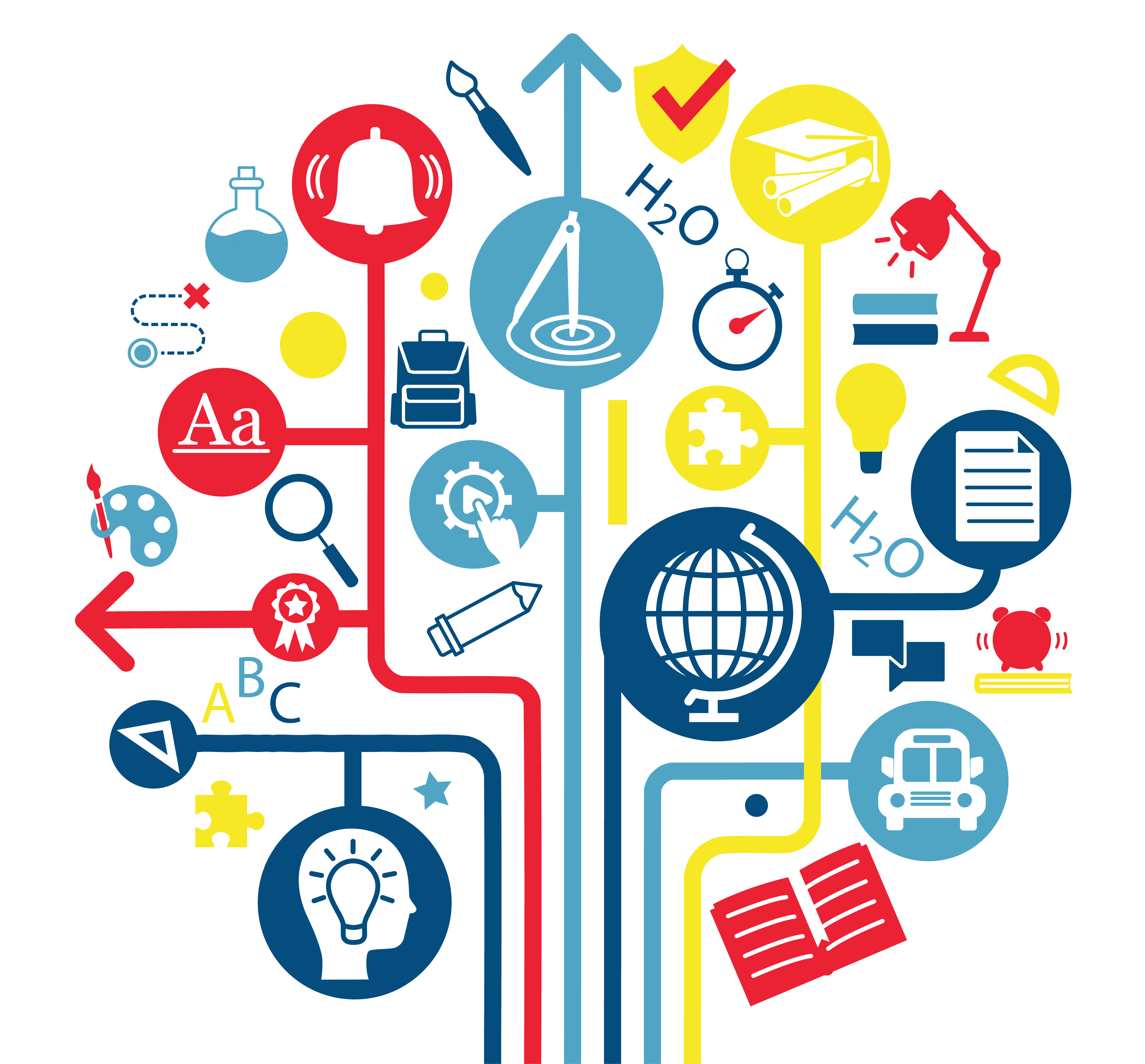
As we prepare students for the complexities of the modern world, promoting collaboration and interdisciplinary learning becomes essential. These approaches mirror real-world team dynamics, where technology, design, data, and communication intersect. Implementing them in classrooms can transform how students engage, innovate, and learn. Here are a few ways to help your students receive an education rich with collaboration and cross-disciplinary learning.
1. Collaborate with Colleagues to Define Clear, Shared Goals
Projects flourish when objectives are well-defined. Before launching a unit, teachers should consider co–planning with colleagues across different subjects—science, math, ELA, art, social studies, even music. For instance, a project on urban sustainability could ask students to:
• Science: Analyze local water usage data
• Math: Calculate resource consumption ratios
• ELA: Summarize findings in written reports
• Technology: Sketch sustainable building models using digital design tools
By setting shared benchmarks, educators enable students to see how their efforts contribute to a bigger picture. This fosters ownership, engagement, and a sense of purpose. These are pillars of effective interdisciplinary learning.
2. Use Project-Based Learning (PBL)
PBL is already central to successful STEM instruction, and it comes to life in cross-curricular collaboration. When students work on meaningful problems, like designing a school garden that supports biodiversity, for example, they must tap into multiple disciplines:
• Biology: Study pollinator habitats
• Engineering/Tech: Prototype garden layouts
• Math: Calculate area, plant spacing, and budgeting needs
• Art: Create informational signage and garden visuals
Projects that require “designing, testing, and refining” reinforce both skill acquisition and teamwork. These endeavors teach students to communicate, negotiate, and think systemically, just like professionals.
3. Bridge Technology with Collaboration
Modern classrooms are digital and connected. For example, students often draft collaborative documents, code simulations, and build robotics, and all these activities are easily enhanced by intentional group engagement:
• Co working with devices: Students annotate research findings using tablets, then explain insights to partners
• Pair programming in tech classes: Two students share a Chromebook to code together, negotiating logic and roles
Here’s where MAXCases device cases shine – with rugged cases the protect classroom Chromebooks and iPads used in group activities. With drop-tested designs and secure custom fit for each device model, they keep devices safe even when being passed around or used in dynamic settings. This ensures uninterrupted collaboration and minimizes downtime from repairs.
4. Integrate Inquiry-Based and Reflective Learning
Support lasting learning by encouraging students to ask questions, investigate, and reflect:
• Design an open inquiry: “How can we reduce single-use plastic waste in lunchrooms?”
• Guide them to experiments, surveys, and community interviews
• Encourage visual and written reflections on group processes and outcomes
This mix of inquiry and collaboration not only deepens content knowledge—it builds soft skills like critical thinking, empathy, and the ability to learn from peers.
5. Scaffold Collaboration through Classroom Design
Classroom layout and scheduling shape how well interdisciplinary work progresses. Some great ways to encourage positive outcomes include:
• Flexible seating: Create zones for small teams to gather and use tech collaboratively
• Shared device carts: Place devices near group tables for easy access
• Scheduled co-teaching blocks: Allow science, art, and English teachers to guide overlapping units
6. Build a Growth Mindset and Model Communication
Collaborative, interdisciplinary tasks often push students out of their comfort zones. Teachers can foster resilience by:
• Praising group effort and creative problem-solving
• Treating mistakes as valuable data: “How can we improve our design after this prototype didn’t work?”
• Modeling respectful peer feedback and accountability
Within these safe and supportive environments, students learn to articulate ideas, negotiate solutions, and reflect meaningfully on both content and process.
7. Maintain Your Educational Spaces
Whenever tech is shared across disciplines, device longevity becomes vital. That’s why MAXCases products align perfectly with collaborative goals. Here are a few suggested options:
• Work-In Cases: Let students utilize their devices without removing them from their protective cases
• Hand Straps: Help unsteady hands hold iPads and tablet devices more securely
• Screen Protectors: Protect your investments with ballistic glass screen protectors
By equipping classrooms with these solutions, IT teams and educators can deliver reliable tech that withstands interdisciplinary, hands-on use.
8. Offer Teacher Training and Support
Successful interdisciplinary teaching isn’t intuitive – it requires preparation. Potential investments can be made in areas such as:
• Professional development: Co-planning sessions for teachers to unpack project connections
• Tech training: Familiarizing staff with handling, deploying, and troubleshooting devices
• Community partnerships: Engaging local professionals (engineers, artists, environmentalists) to mentor teams
Ongoing teacher support through mentorship and co teaching is crucial for sustaining quality interdisciplinary instruction.
9. Measure Success and Iterate
Meaningful assessment captures both product and process:
• Portfolios: Include samples of student work; blueprints, lab notes, written arguments
• Reflection logs: Document team roles, challenges solved, and communication strategies used
• Peer evaluations: Rate group members on collaboration, idea contribution, and reflection
Data from these metrics helps teachers and admin refine projects, pinpoint tech gaps, and adjust supports over time.
Promoting collaboration and interdisciplinary learning equips students with essential modern skills: teamwork, critical analysis, and tech fluency. By integrating project-based approaches, inquiry cycles, flexible classroom setups, and reflective practices, educators can spark meaningful learning across subjects.


